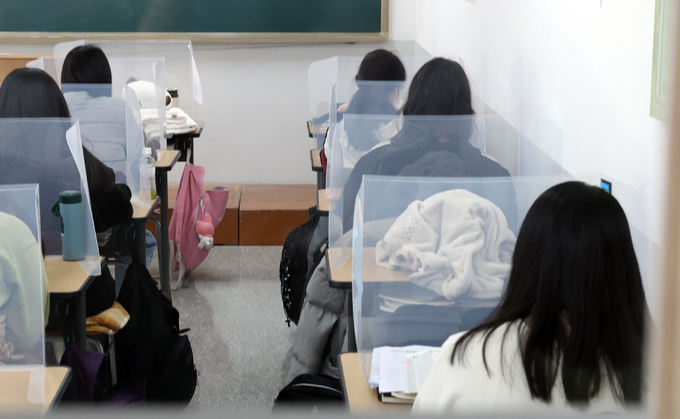Whenever we tell the story of the Tourbillon, it is safe to assume that it is also essentially the story of Breguet – the man and the brand. Abraham-Louis Breguet invented the Tourbillon around 1795, marking it of one of the most important complications of all time. He then patented the mechanism in Paris on June 26th, 1801 for 10 years.

Since then (as the patent was only for 10 years), the Tourbillon complication has been on a journey spawning various permutations and combinations. These include the flying Tourbillons, the double-axis and triple axis Tourbillons, and the shock-resistant Tourbillons. With the continuous development and evolution of the complication, Tourbillons have gone from being a rare and complicated feature to an increasingly accessible function found on wristwatches.
Who is Abraham-Louis Breguet?
Born in 1747 in Neuchâtel, Switzerland, Abraham-Louis Breguet was an apprentice to a watchmaker. At 15, he travelled to France to continue his apprenticeship in Versailles and Paris. The young lad received an academic education in the capital with solid foundations in sciences, particularly mathematics and physics. Before long, Breguet had set up his business in Paris’ Île de la Cité in 1775. During his few years in the business, he managed to accumulate a roster of clients that included King Louis XVI and Queen Marie Antoinette, and eventually the entire court at Versailles. He had managed to impress his clientele with countless technical innovations during this time.

In 1793, in the wake of the French Revolution, Breguet had to flee from Paris and took refuge in Switzerland – the country he was originally from. Between 1793 and 1795, Breguet travelled around the country doing intense intellectual work and exchanging ideas with Swiss watchmakers in Geneva and Neuchâtel Jura regions. When he returned to France in the spring of 1795, Breguet was brimming with new ideas and plans. He spent the next five years in Paris presenting new products to a new international and cosmopolitan clientele. These included the Tactile watch that allowed time to be read by touch, the Sympathique clock designed to reset and synchronize watches placed on top of it and finally, the “Tourbillon regulator,” a new constant-force escapement mechanism.
What is a Tourbillon?
During his study and observation, Breguet was aware that gravity had an adverse effect on the accuracy and precision of a timepiece. As he could not alter the law of gravity, he chose to “tame” its effects. He coped with the issues by assembling the devices in a movement – the balance and the escapement – into a cage that rotates 360 degrees on its axis, thus improving accuracy.

The Long Road Ahead
Despite the idea of the Tourbillon taking shape in Breguet’s mind between 1793 and 1795, the realization of the same took a total of six years. The patent for the Tourbillon was obtained only on June 26th, 1801, for which Breguet had to file an application along with an “an illustrative watercolour plate and be prefixed by a letter to the Minister of the Interior.”
Once the development of the Tourbillon was completed, Breguet and his staff went on to produce 40 tourbillons between 1796 and 1829. His client list included personalities from European and Russian monarchs and aristocrats. This list included George III of England and Ferdinand VII of Spain, Price Yermoloff and Count Potocki, Count d’Archinto, and G.B. de Sommariva.

Most of the 40 Tourbillons created by Breguet were also used for naval purposes. They were purchased by ship owners or sailors and used for navigation at sea. A prominent example involves the explorer Thomas Brisbane who reached Australia using one of the Tourbillons.
With usage like this, it was clear that the Tourbillon gained a more scientifically inclined user base rather than more civilian. These buyers understood and benefitted from the mechanism’s increased precision – a classification that was in line with Breguet.
Tourbillon: Then vs Now
It is very rare for technical inventions to maintain their relevance through centuries but the Tourbillon is one of the exceptions. Apart from featuring the highest form of technological innovation, the Tourbillon set in gold or silver cases were a work of art. Moving from the immaculately designed dial to the piece’s functionality, each part of the Tourbillon stood out in its beauty, finesse and technical superiority. These pieces are revered through the years and still hold a very special place in the heritage of watchmaking. Additionally, the patent secured in 1801 lasted for only ten years. This ensured that despite Breguet’s failure to mass-produce the Tourbillon, his innovation and creation will not only outlive him but will continue to be refined and updated by watchmakers for many years to come.

There was a rapid resurgence of the Tourbillon in the mid-1980s. This time the tourbillon mechanism found a new home in wristwatches that were far less sensitive to gravity. Brands like Patek Philippe with its Caliber No.861.115 and Omega with its Caliber 301 tried their hand in producing tourbillon movements for their wristwatches.
Today, Tourbillons aids in offering increased precision of a watch and play an essential part in showcasing the beauty of a brilliant invention and much more.
Image Courtesy: Breguet
For more information, visit here.
Note: This article have been indexed to our site. We do not claim legitimacy, ownership or copyright of any of the content above. To see the article at original source Click Here













